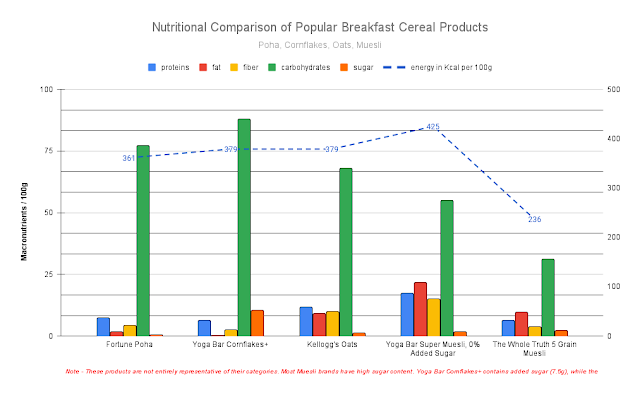Calorie Counting
Here are some key facts about calorie counting:
- What is a Calorie : A calorie (with a capital 'C', technically a kilocalorie) is a unit of energy. It represents the amount of heat energy required to raise the temperature of a specific amount of water by one degree. This energy is stored in the bonds between atoms and molecules within the macronutrients in food.
- Traditional Measurement: A bomb calorimeter can measure the total energy stored in a food sample by burning it in oxygen, surrounding it with water, and measuring the water's temperature increase.
- Label Calories vs. Total Energy: The calorie number on a nutrition facts label is not the total amount of energy in the food. Instead, it's intended to show the amount of energy that our bodies can actually get from the food, accounting for energy that is not used or is excreted. This involves considering things like "poop and pee".
- How Food Companies Calculate Calories:
- Food companies typically do not burn food in calorimeters or conduct human digestion studies.
- Instead, they use a recipe and input it into software (like Recipal).
- This software pulls data from nutrition databases, such as those maintained by the USDA.
- These databases list standard ingredients and their nutritional values.
- The calorie numbers are largely calculated, not determined by lab testing.
- The Atwater General Factors:
- Most calorie numbers are calculated using the Atwater general factors of 4 (for protein), 9 (for fat), and 4 (for carbohydrates). These are the calorie values for a gram of each macronutrient.
- For example, if a banana has 22 grams of carbohydrates, that's multiplied by 4 calories per gram.
- These numbers were developed by American chemist Wilbur Atwater in the early 20th century.
- Atwater's goal was to understand how much energy people were getting from their diets.
- Derivation of Atwater Factors ("Fudge Factors"):
- Atwater started by burning pure macronutrients (like lean beef for protein, butter for fat, sugar for carbs) in a bomb calorimeter to get a gross energy value.
- He then had to adjust these numbers because the body doesn't burn food to completion like a bomb calorimeter.
- These adjustments, referred to as "fudge factors" by nutritionist Marion Nestle, account for digestibility and energy excreted.
- Atwater conducted studies where he fed people measured diets and collected their waste (poop and urine).
- He found, for example, that people generally don't digest 8% of protein, 5% of fat, and 3% of carbohydrates. He also accounted for energy lost through protein in urine.
- By applying these "fudge factors" to the gross energy values, he arrived at the rounded factors of 4, 9, and 4.
- Limitations and Inaccuracies of Calorie Labels:
- Atwater's original factors were based on diets from around 1902 and might not have been intended for individual food product calculations.
- The general factors can be inaccurate for specific foods; for instance, fat from vegetable oil is 8.84 calories per gram, not 9, and protein from brown rice is 3.4 calories per gram, not 4.
- The Atwater factors tend to overestimate energy from plant-based foods. A study funded by the nut industry found that Atwater factors overstated the energy from almonds and walnuts by about 20%.
- Food companies can use either the general factors or more specific, updated factors.
- The general takeaway is that there's no testing or pre-approval required for calorie counts on labels.
- A 20% error is allowed, and calorie counts are rounded (to the nearest 10 above 50 calories, nearest 5 below 50 calories), reflecting a lack of false precision.
- It's difficult to get an exact calorie count due to variability in ingredients and portion sizes.
- Alcohol: While alcohol contains calories, they are typically not disclosed on food labels. However, Ireland is passing a law to change this.



Comments
Post a Comment